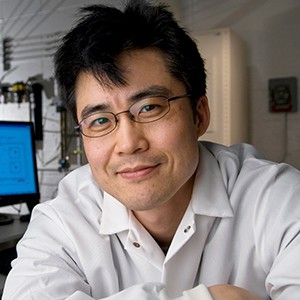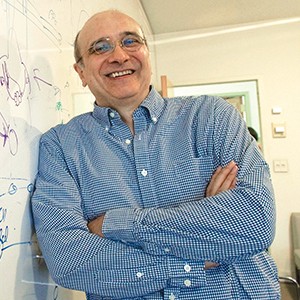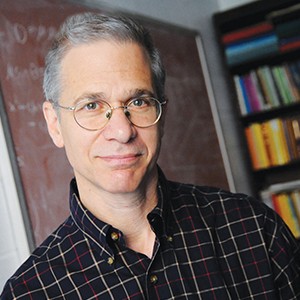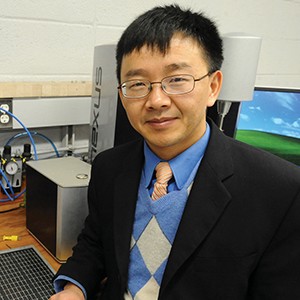Computational science and engineering (CSE) focuses on the development of innovative approaches of modeling and simulation, often coupled with high-performance computing capabilities, to solve complex physical problems of nature and those confronted in engineered systems. The goal is to leverage the ever-expanding power of computation to shorten the discovery pipeline by replacing often laborious, time-intensive, and very expensive trial-and-error experiments with simulations compatible with physics principles. The field of CSE is inherently interdisciplinary since the broad goal is to model and predict physical phenomena based on evidence gathered across different spatial and temporal length scales.
Historically, the focus of CSE was on numerical solutions of well-defined mathematical models describing physical phenomena of interest. Data-driven and machine learning (ML) methods, which learn correlations and relationships among variables directly from the data, present an attractive complement to traditional CSE physics-based methods. Yet, ML algorithms typically have limitations when the training data does not span the full distribution of the process of interest and when the algorithms have to extrapolate to unseen conditions. The combination of physics-based and data-driven approaches appears as a fruitful avenue to bridge this gap between fully exploiting data availability while trying to respect physical domain knowledge for better extrapolation.


















































